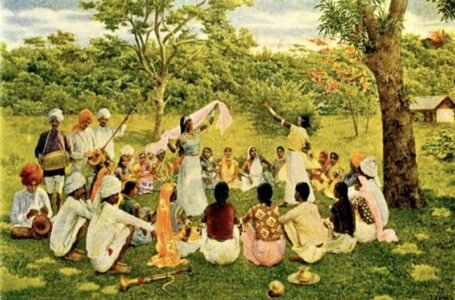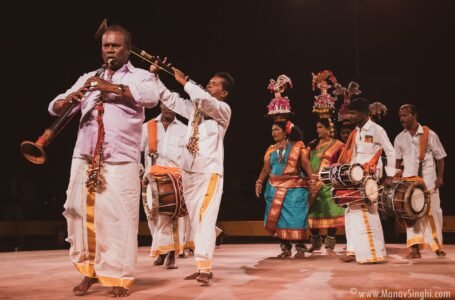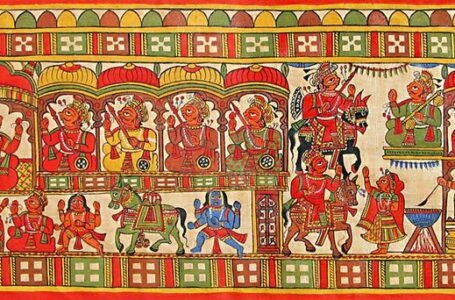Nagara Temple Architecture – Carving the Universe of Gods
- Ancient history Indian Mythology Lifestyle mythology
 Khadija Khan
Khadija Khan- November 28, 2022
- 0
- 924
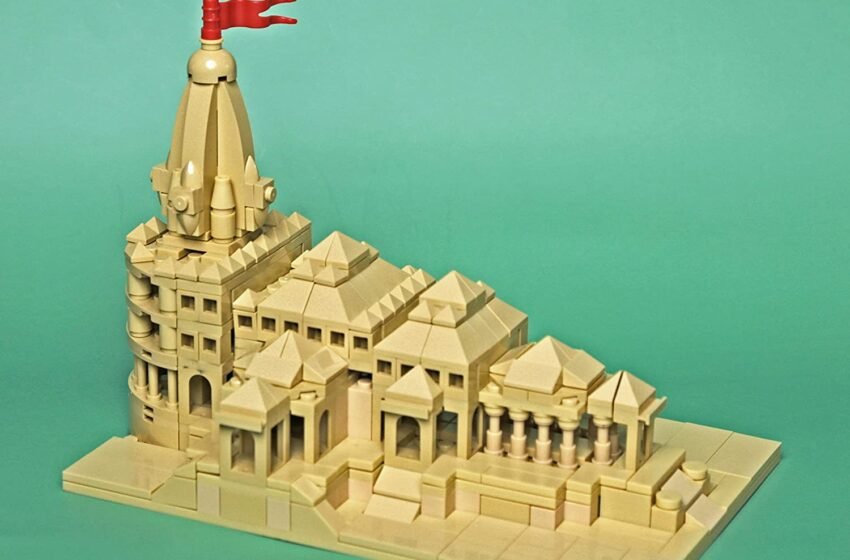
Building structures for temples first appeared during the Gupta era. Two significant temple styles—one in the north and the other in the south—emerged as a result of experimentation with a variety of forms and designs, as shown by the extant monuments. Nagara is the name given to the type of temple building that rose to popularity in northern India.
According to its derivation from the city of Nagara, the term “Nagara” implies “Relating to a city or town.” Its meaning is well acknowledged. According to some texts, the definition of Nagara is “Universe (Visva),” however. Nagara’s temple is comparable to the universe.
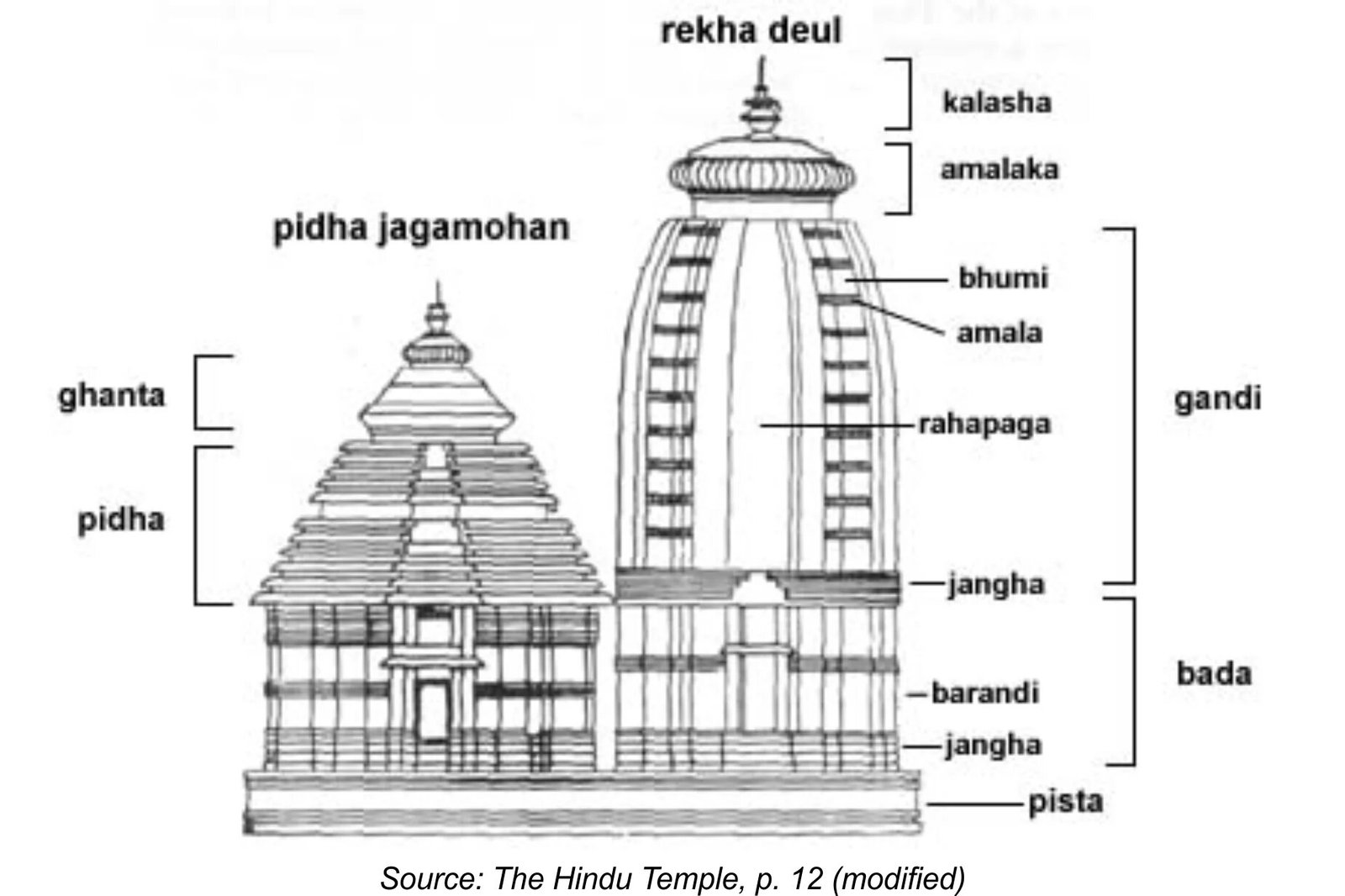
This style was initially documented to have been promoted by the Gupta Dynasty (3rd century CE to 543 CE), and it persisted across northern India’s geography until the arrival of the Muslims in the 13th century CE.
From the 7th through the 13th century A.D., Orissa was the birthplace of the Nagara style. As a result, it likely possesses more temples than all of northern India. Bhubaneshwar, which alone has hundreds of temples, is where most of the activity is concentrated.
Early temples in Orissa, including the elegant Parashurameshvara Temple in the city of Bhubaneshwar, which dates to the 8th century, exhibit a classic version of North Indian architecture. The Sun Temple at Konark stands out even in its currently ruined form and represents the style’s climax. This represents Orissa’s aesthetic and architectural creativity at its pinnacle. A masterpiece of Orissan architecture is thought to be the Muktesvara temple. A singular venture in Orissa, the Rajarani temple roughly dates to the first decade of the 11th century. The largest and loftiest Khajuraho temple is the Kandariya Mahadeva in Central India. Its plan is sophisticated and gorgeous.
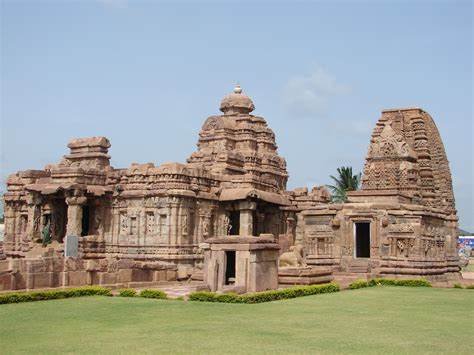
Rajputana and Gujarat both have stunning examples of the Nagara style. In the two Jain Temples of Mount Abu, the Rajasthani and Gujarati styles of medieval building achieved their pinnacle. The names of these two temples were Vimalavasahi in the year 1031 and Luna Vasahi in the year 1230.
We know that the whole Nagara Temple, from the base to the stupid, is quadrangular according to several sources. The strong, curving “Amalaka” (Notched Ring Stone) spire of the Northern (Nagara) style, which tops the tower and contains the Kalash, representing the Jar of Nectar, and is a fruit of Vishnu’s blue lotus, distinguishes it from other types.
Regardless of location or age, every temple in north India has two distinctive characteristics: I) in planning, and II) in height. In North India, it is typical for a whole temple to be constructed on a stone platform that is accessed through stairs. Furthermore, it lacks ornate boundary walls or gates more frequently than South India does. Later temples contained numerous towers, although the oldest ones only had one tower or shikhara. Always under the topmost tower is where you’ll find the garbhagriha.
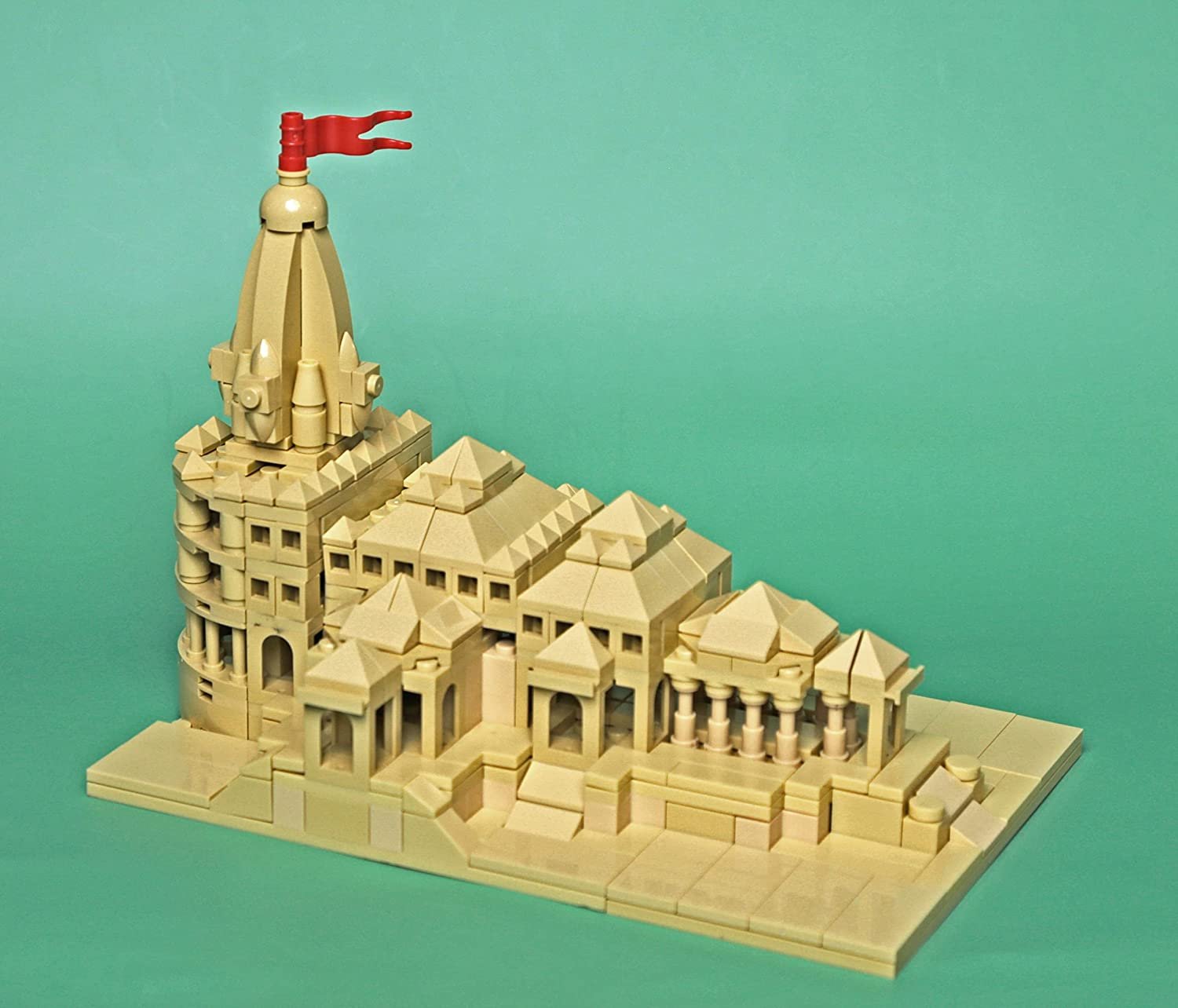
We know that the whole Nagara Temple, from the base to the stupi, is quadrangular according to a number of sources. The North Indian temple is always square in shape and has several graded projections on the outside. It has a tower (Sikhara) with an elevation that progressively slopes inward via numerous layers of convex curve, typically topped with a “Amalaka.” These two characteristics—the cruciform ground plan and curved Sikhara13—should thus be considered the distinguishing characteristics of Nagara Temple. At those ways, the third (Sikhara) type of Gupta temples, where these characteristics are purported to appear more or less in a primitive level, can be considered as the prototypes of the Nagara temple.
Nagara temples can be divided into a variety of configurations based on the shikhara’s form
- Latina/Rekha Prasada
While different regions of India have distinct names for the various components of the temple, the most popular word for the straightforward shikhara—which is square at the base and has walls that curve or slope inward to a point at the top—is “latina” or the rekha-prasada kind of shikara. In the nagara order, the phamsana is the second important class of architectural form. It is also a simple and the most common type of shikhara. It is square towards the base and the walls slope or curve inwards to a point on top. Latina types are mainly used for housing the garbha-griha. Later, the Latina types grew complex. Instead of appearing as a single tower, the temple began to support many small towers clustered together like a mountain, where the tallest one stands in the center.
- Phamsana
Buildings of the Phamsana type are typically wider and shorter than latina structures. Unlike the latina roofs, which have a steeply rising tall tower appearance, their roofs are made up of numerous slabs that rise softly to a single point above the centre of the structure. Phamsana rooftops slope up in a straight line; they do not bend inward. The main garbhagriha is housed in a latina structure while the mandapas are often constructed using the phamsana style in North Indian temples. Later, as the surrounding structures got more intricate, the temple ceased to resemble a one tall tower and began to support a number of lesser towers that were grouped together like rising mountain peaks, with the highest tower being in the centre and constantly towering above the garbhagriha.
- Valabhi
The valabhi type, which is the third major subtype of the nagara architecture, was commonly used as well. These are square structures with roofs that rise into vaulted spaces. This domed chamber’s edge is rounded, just like the carts made of bamboo or wood that bullocks would have hauled in the past. They are sometimes referred to as “wagon-vaulted structures.” As was already noted, the shape of the temple was influenced by prehistoric construction styles that were in use before the fifth century CE. One of them was the valabhi style of nagara architecture. For instance, you will notice if you look at the ground plan of many of the Buddhist rock-cut chaitya caves that they are shaped like long halls with curved backs. The roof of this area also appears to have a wagon-vaulted appearance from the inside.
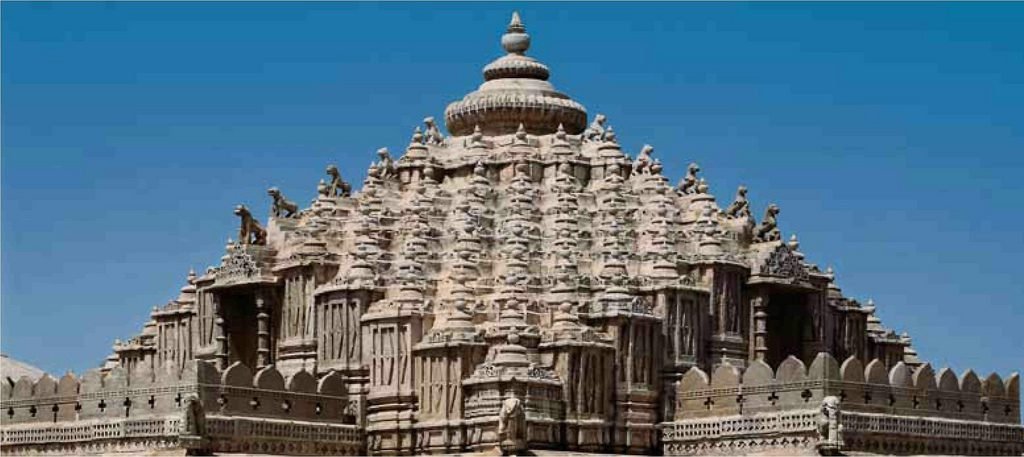
These are a few of the key attributes of the Nagara Style of Architecture:
- High stone platforms serve as the foundation for the whole temple.
- They often lack sizable enclosures and entrances.
- Above the Garbagriha, the temple featured a single summit or shikhara.
- A Kalasha was positioned on a temple’s Shikara.
- Meeting spaces referred to as mandapas are located in front of the main shrine.
- The height is provided by Sikhara (the tower), which gently bends inward and is crowned with an amalaka (spherical plate with ribs around the edge).
- A distinctive cruciform layout is produced by a graded sequence of projections placed at the center of each side of the square sanctuary.
- Sculptures depicting mythical and semi-divine characters are frequently used to embellish external walls, with the primary pictures of the gods being positioned in niches cut into the major projections.
- The interior typically has elaborate carvings, especially on the coffered ceilings that are supported by pillars with various designs.
It is intriguing to examine how the Nagara style of temple building has changed and evolved through time, from its earliest manifestations to the current iterations. The numerous revivalist movements that took place for centuries after the devastation and upheavals caused by invaders led to these variations, which were the result of extensive experimentation carried out by scholars, architects, artisans, and artists present in various centuries on a stretched geography.
These temples are masterpieces of stone carving, and they stand out from the rest of India’s ornate temples thanks to their intricately carved doorframes, niches, pillars, architraves, and ceilings.
